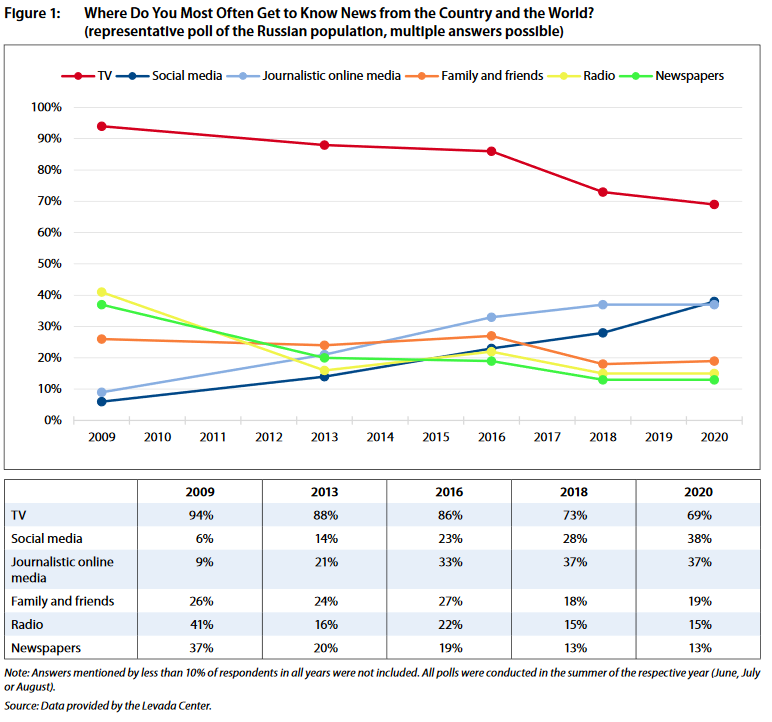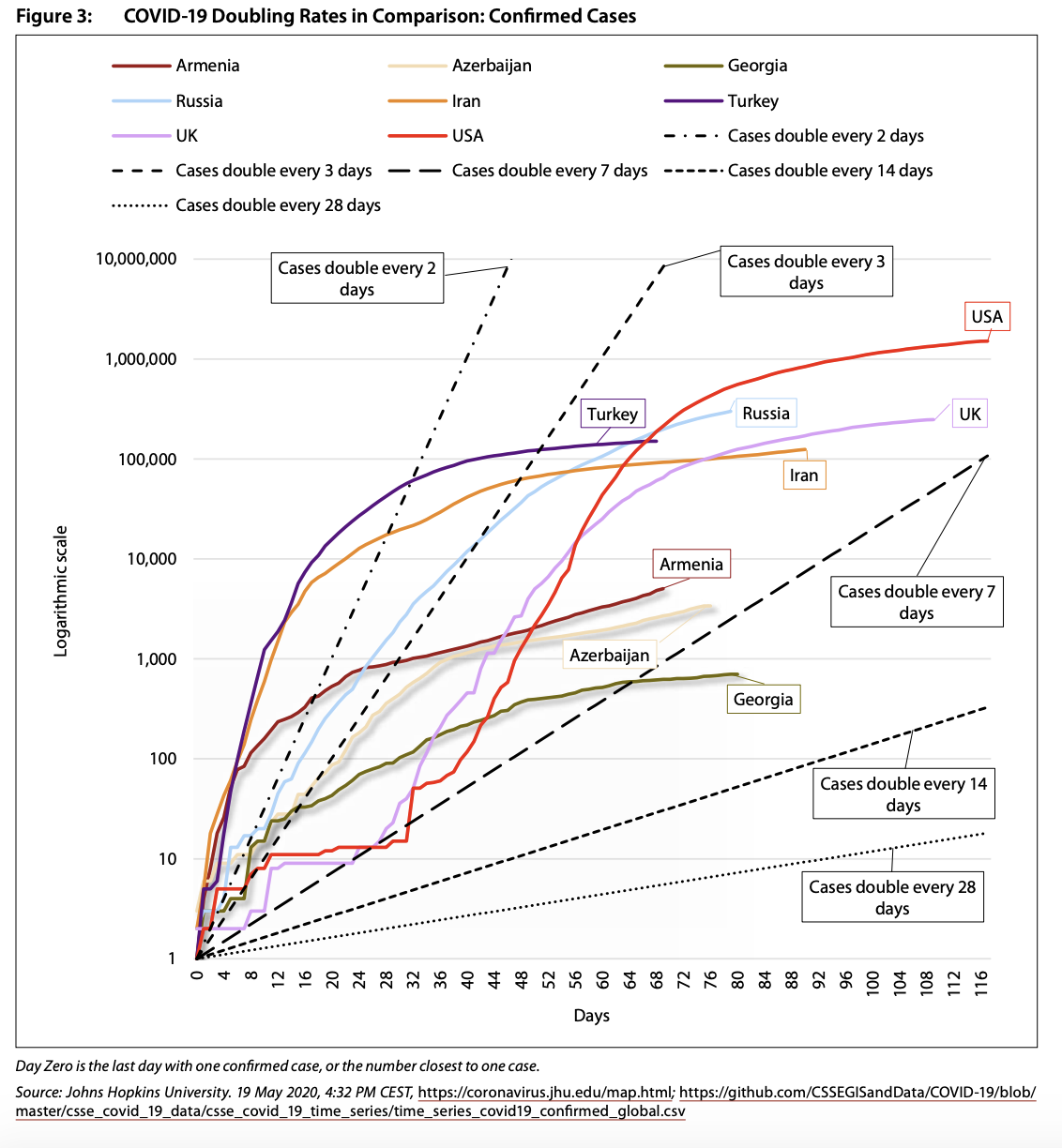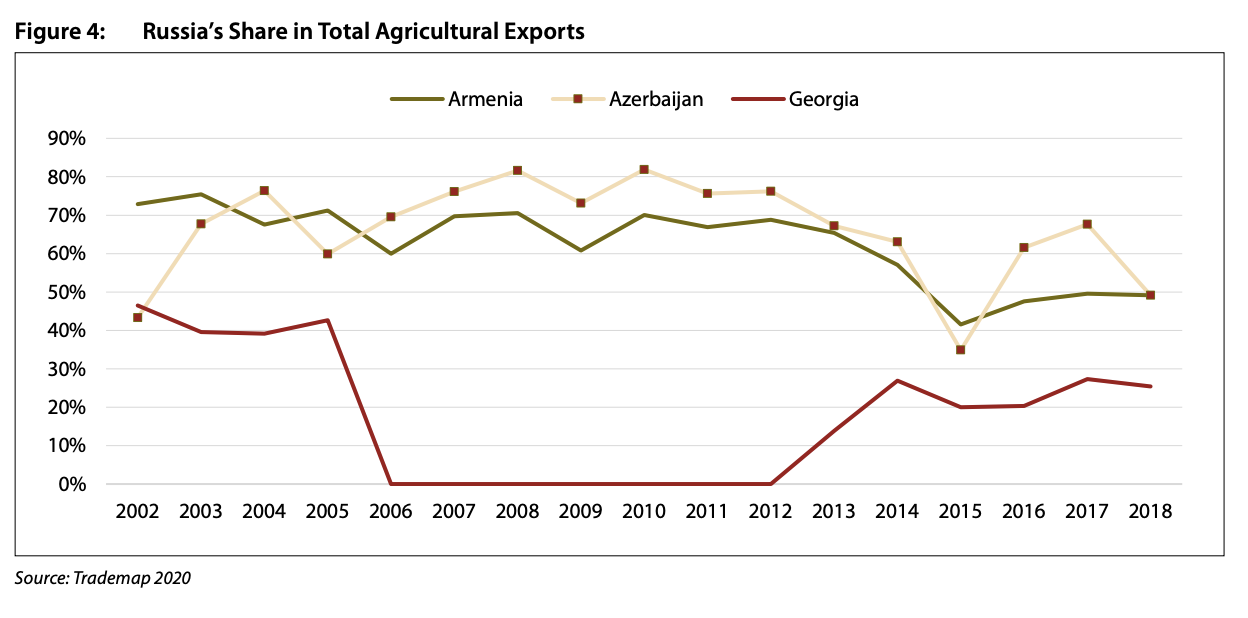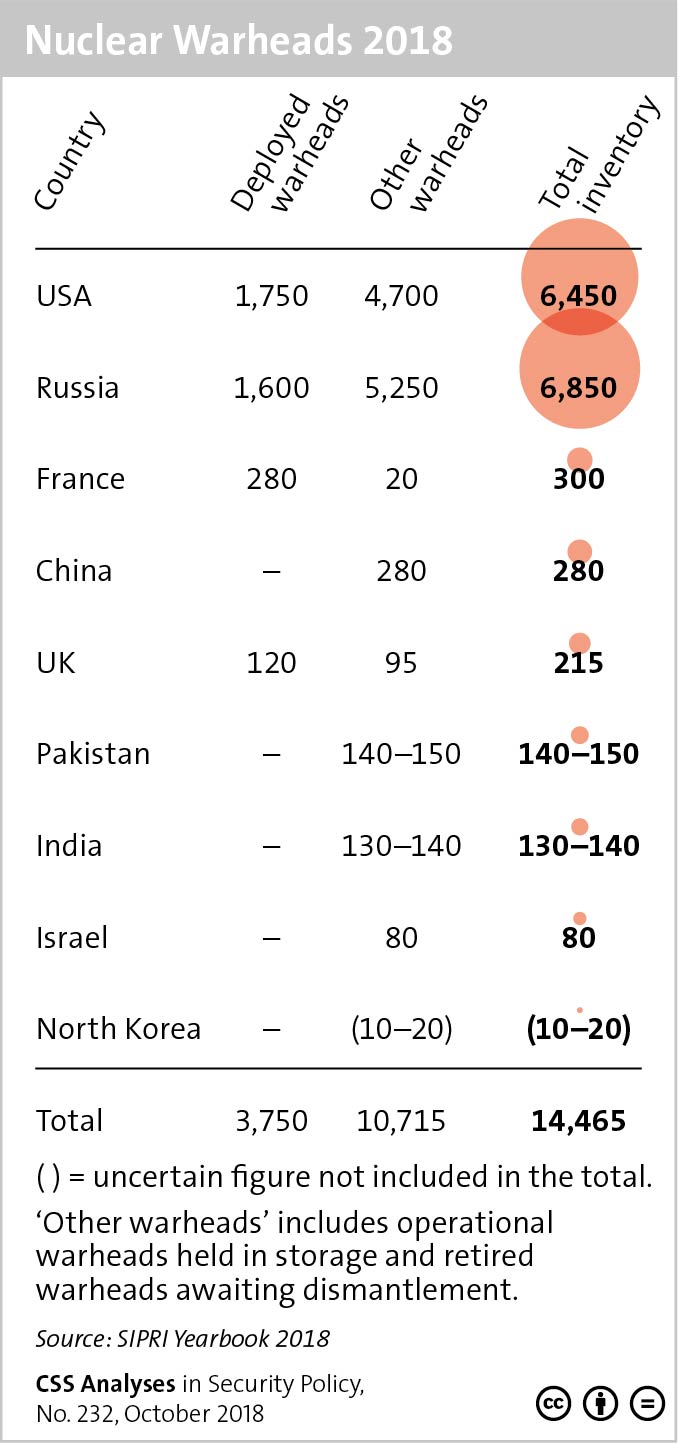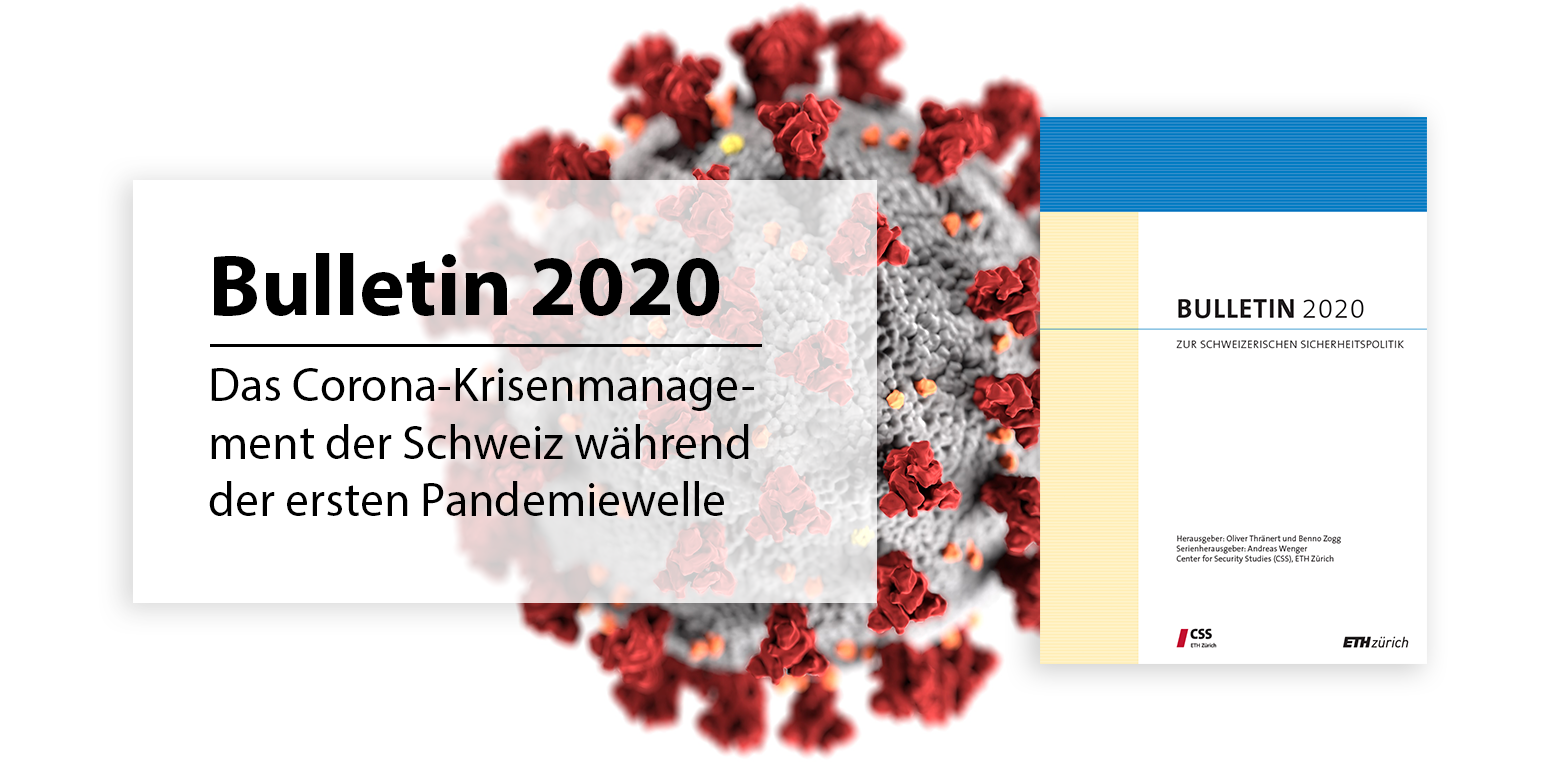
Die Corona-Pandemie zählt zweifellos zu den grössten Herausforderungen, denen sich die Schweiz seit dem Zweiten Weltkrieg gegenübersieht. Aus diesem Grund widmet sich das Bulletin 2020 zur schweizerischen Sicherheitspolitik nahezu ausschliesslich dem Corona-Krisenmanagement der Schweiz während der ersten Welle. Die Beiträge ziehen erste Bilanzen, werfen wichtige Fragen auf und empfehlen, wie zukünftig Krisenvorsorge und -management nachhaltig verbessert werden könnten.

